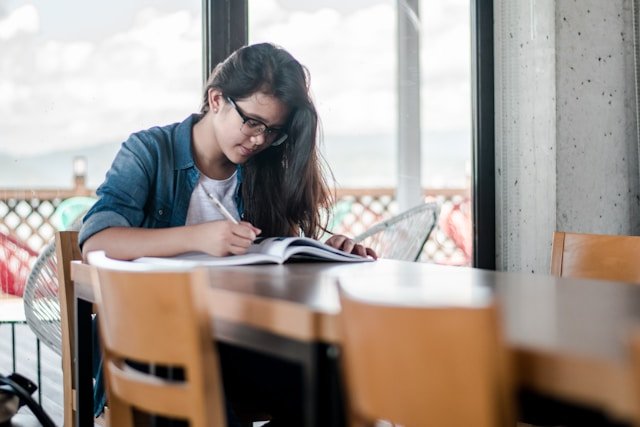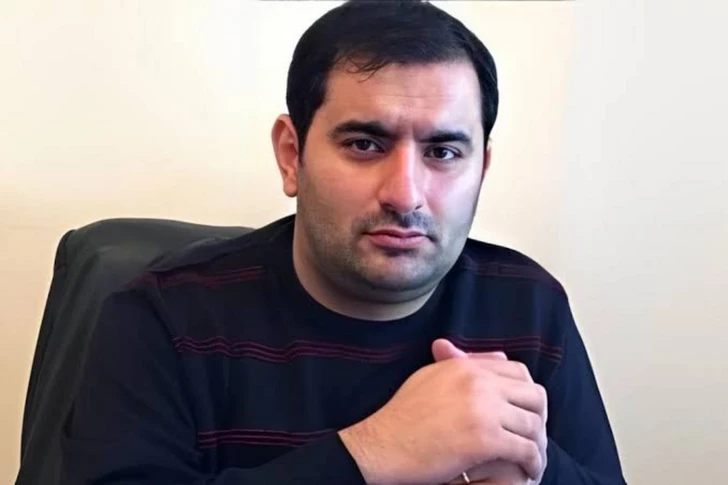Baku — September 8, 2025
As soon as university entrance results are announced, the next challenge for many students is finding affordable housing. Dormitory availability and fees vary widely across Azerbaijan’s higher education institutions, reflecting both demand and capacity constraints.
At Baku State University (BSU), the country’s oldest and largest university, monthly dormitory fees are set at 75 manats per student. The facility, a five-story building, accommodates just 220 people — far fewer than the number of new enrollees each year, Khazar TV reports.
The Pedagogical University operates five dormitories in the capital, though four remain occupied by families of internally displaced persons. Dormitory No. 5, housing only female students, provides 200 places at 85 manats per month.
At the University of Architecture and Construction, a larger complex offers space for up to 450 students. Meanwhile, the Azerbaijan University of Languages maintains a 205-bed dormitory exclusively for women, charging only 30 manats a month — among the lowest rates nationwide.
Capacity challenges remain a recurring theme. The State Oil and Industry University reports that its 320-bed dormitory is under renovation and therefore not in use. Dormitories at the Economic University and Technical University continue to house displaced families, leaving students without access.
Beyond the capital, Lankaran State University operates separate men’s and women’s dormitories with 250 and 160 places respectively. Monthly fees there are 60 manats. In contrast, Karabakh University — now welcoming students for its second academic year — offers free accommodation, a policy aimed at supporting young people studying in the newly resettled region.
Private universities also provide dormitory housing, typically priced between 100 and 150 manats per month. Officials say the sector is actively seeking investors to expand facilities, with BP Azerbaijan reportedly considered as a potential partner in future projects.
The shortage of affordable student housing remains one of the system’s structural weaknesses. Experts note that rising demand, coupled with limited state capacity, creates an opening for public–private partnerships. Without additional investment, thousands of students will continue to turn to the rental market, where costs are often far higher than dormitory rates.










